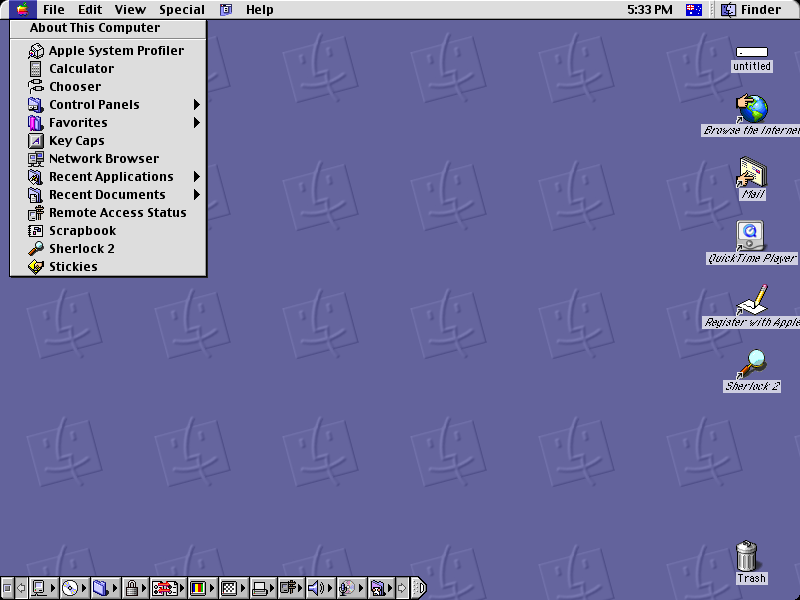Start quickly with the most recent versions of Word, Excel, PowerPoint, Outlook, OneNote and OneDrive —combining the familiarity of Office and the unique Mac features you love. Work online or offline, on your own or with others in real time—whatever works for what you’re doing. Minimal Converter is a simple unit converter for Mac OS X. It can convert Length, Volume, Time, Computer and Temperature. Minimal Converter is a simple unit converter for Mac OS. Explore the world of Mac. Check out MacBook Pro, iMac Pro, MacBook Air, iMac, and more. Visit the Apple site to learn, buy, and get support. Unit Converter by Johannes Wallroth is the program developed to convert various units from different areas. The Unit Converter for Mac doesn't appear to be released yet, which means you have to find other applications with the same functionality. Mac hardware must be a 2010 or a newer model, with Intel’s hardware support for memory management unit (MMU) virtualization, including Extended Page Tables (EPT) and Unrestricted Mode. You can check to see if your machine has this support by running the following command in a.
TL;DR version
For Mac OS X to read-write exFAT formatted HDD, two options
- Format using Mac:
- Disk Utility ->
- Erase ->
- choose exFAT ->
- OK
- Format using Windows:
- My Computer ->
- Right Click HDD ->
- Format ->
- choose exFAT ->
- AUS 128 kilobytes->
- Start
Background
Turns out exFAT exists so that Mac and Windows can co-exist harmoniously. There are many forum discussions and how-toarticlesoutthererecommending exFAT if you want to share files between Mac and Windows.

What most of them failed to mention is the correct allocation unit size / cluster size necessary for the harmonious relationship to work. Most of them talked about what the allocation unit size does, which might be misleading for the purpose of getting it up and running seamlessly.
My Story
I want to use an external HDD as the scratch disk for a video editing project on a Mac OS X 10.7.5. But my files are on my Windows 8.1 laptop HDD, which was formatted in NTFS. By default, Mac OS X can only read but not write to NTFS HDD. Of course there are NTFS read-write solutions out there for Mac. Among them Tuxera NTFS, Paragon NTFS, or NTFS-3G FUSE.
Disclaimer: I have not tried Tuxera or Paragon. I used NTFS-3G FUSE from 2009-2013 on my Macbook Snow Leopard, so far so good. I have not tried it on later versions of Mac OS X. There is a high chance of it not working on OS X 10.7 and later (see Known Issues).
Then I found out that if I format the HDD in exFAT, it should work for both Windows and OS X. I figured that since most of my files are videos with BIG file sizes, I chose 4096 kilobytes for the AUS. It formatted nicely. But lo and behold, OS X doesn’t even recognize the HDD. I tried to force mount it but nope, it doesn’t work.

Unit Converter Mac Os
So I figured that if I use OS X’s Disk Utility to format, it should work for both Mac and Windows. This time it works! Turns out Disk Utility formatted the HDD with 128 kilobytes AUS (131072 bytes divide by 1024).
Just for kicks, I used Windows to format it again with AUS 128 kilobytes. Yeap, it works.
Unit For Mac Os High Sierra
Conclusion
128 kilobytes is the harmonious constant between Windows and Mac OS X 10.7.5. Use 128 kilobytes AUS while formatting a HDD so that it works for both Windows and Mac OS X.
You can install Audio Units plug-ins from manufacturers other than Apple to process audio in Logic Pro X, GarageBand, and Final Cut Pro. When installed, Audio Units plug-ins appear as individual components in the Library folders on your Mac:
Download Sierra Os For Mac
- In the Finder choose Go > Go to Folder, enter '/Library/Audio/Plug-Ins/Components' into the Go to Folder field, then click Go.
- You can also check the Library in your Home folder. In the Finder choose Go > Go to Folder, enter '~/Library/Audio/Plug-Ins/Components' into the Go to Folder field, then click Go.
Built-in effects and instruments included with Apple apps like Logic Pro X, GarageBand, MainStage, and Final Cut Pro X don't appear in the Library folders and can't be removed manually.
Learn more

